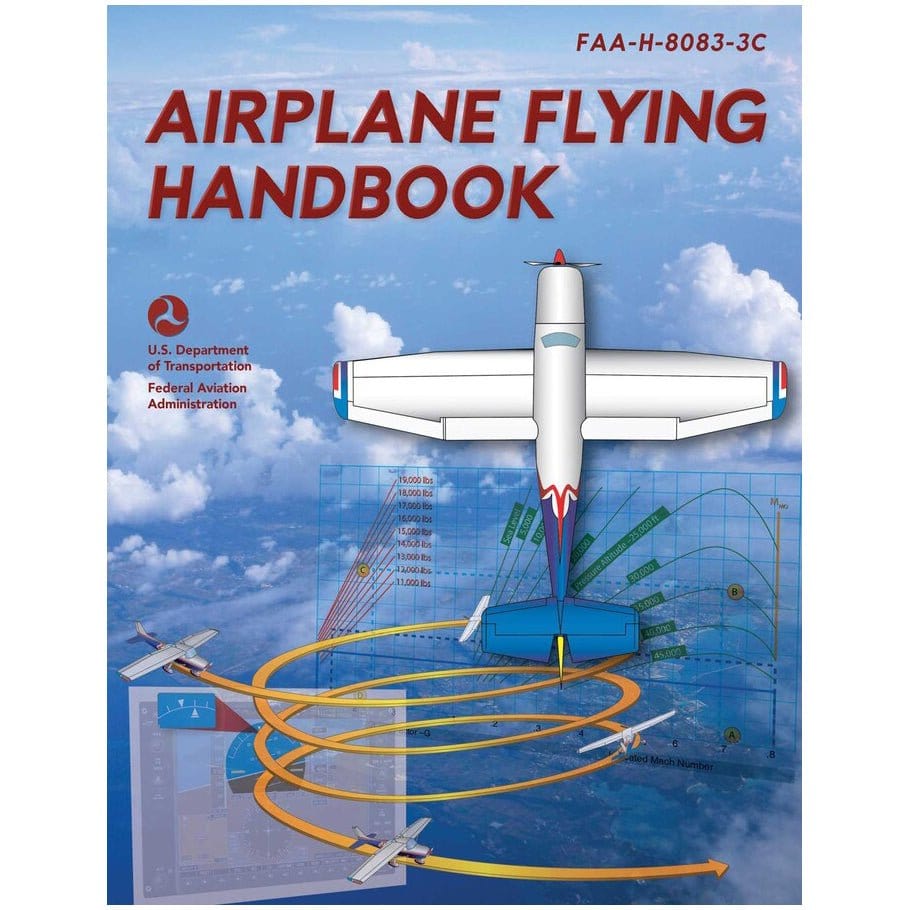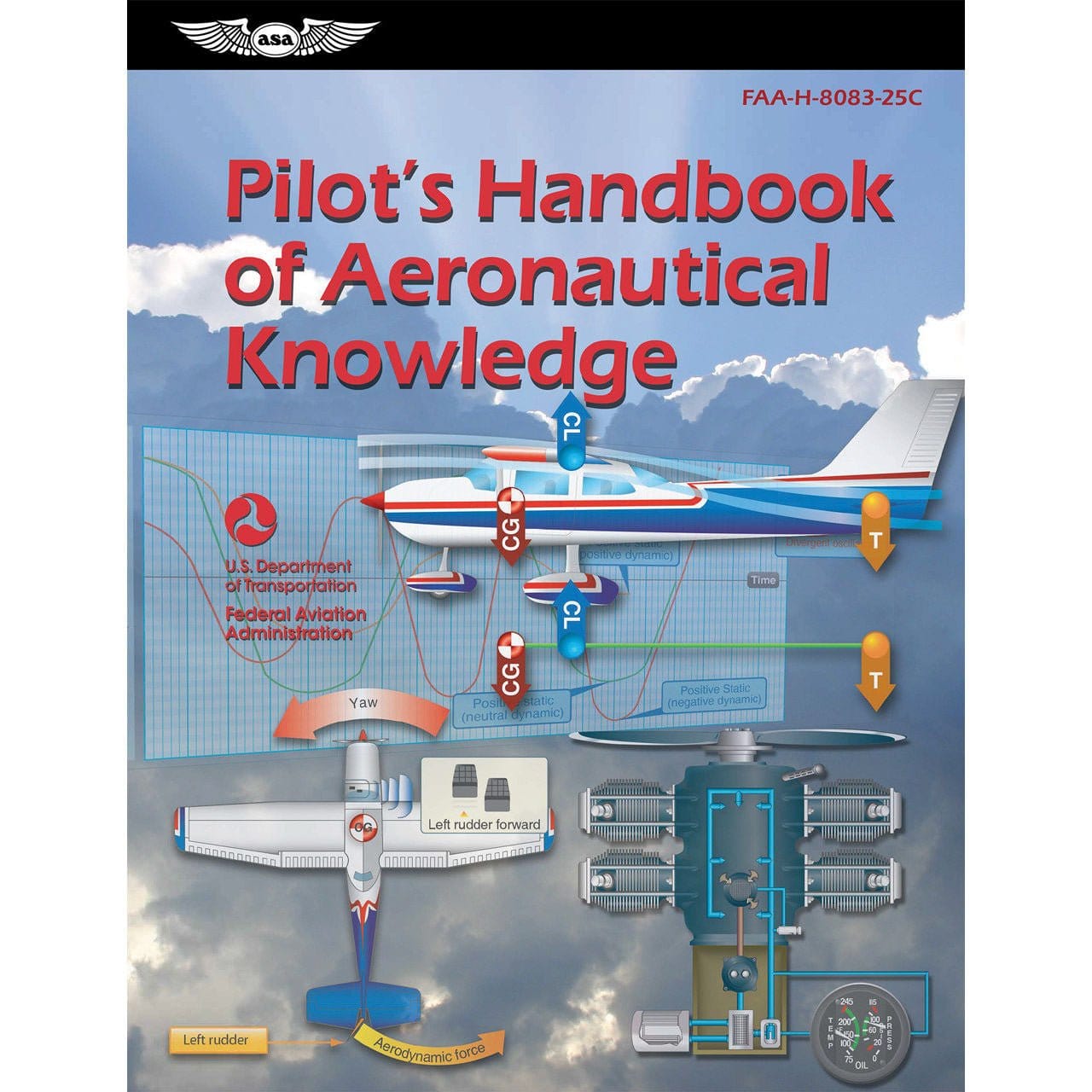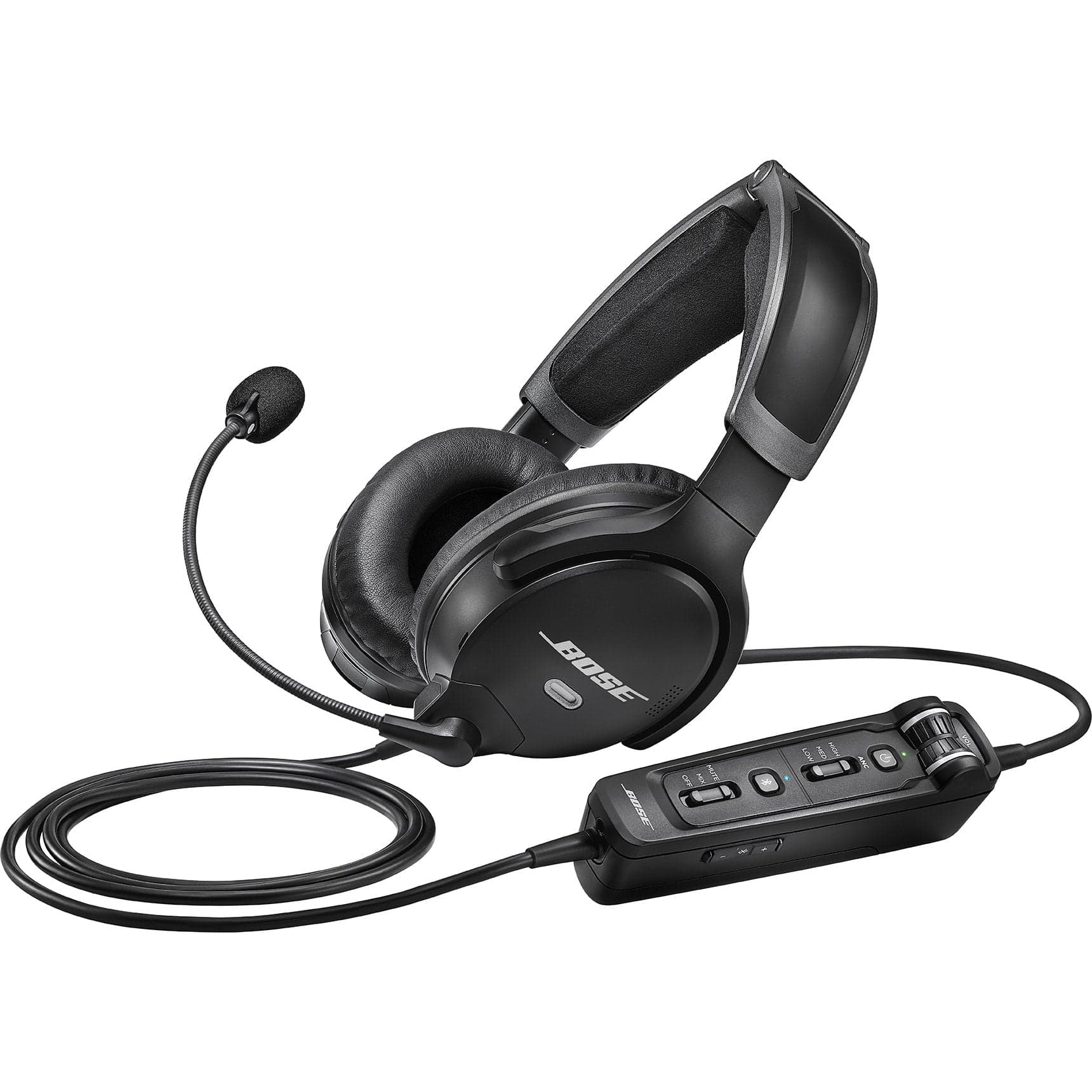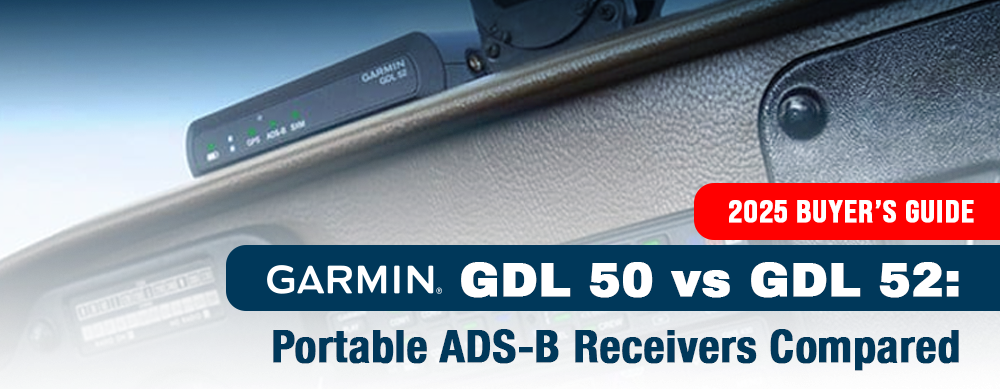 Was that an “m” or an “n?” Even today most of us have experienced the frustration of trying to communicate the spelling of our name, a street name, or other information over the phone only to have the other party not understand it.
Was that an “m” or an “n?” Even today most of us have experienced the frustration of trying to communicate the spelling of our name, a street name, or other information over the phone only to have the other party not understand it.
Now imagine living back in the early days of telephone when the connection was not remotely as good and the audio nowhere near as crisp as it is today.
Operators quickly came up with standardized telephone spelling alphabets that could be used by both parties to clarify ambiguous letters. Each letter of the alphabet was paired with a designated, easily understandable word starting with the corresponding letter.
By using a word to represent a letter, the listener would be more apt to correctly understand the message even with garbled transmissions. This idea naturally carried over into radio communications as well.
What Is the Importance of the ICAO Phonetic Alphabet?
The phonetic alphabet helps provide clearer communications with ATC over communication frequencies.
Prior to the 1950s, military and civilian personnel in countries around the world each used their own version of a phonetic alphabet. While this worked well internally, there was still a need for a standardized international radio telephony alphabet. The International Civil Aviation Organization (ICAO), took on the project of developing such an alphabet for the civilian aviation sector.
Starting in the late 1940s, the ICAO team collected information on as many phonetic alphabet systems as they could find. After reviewing over 200 systems and consulting linguistics professors, the team created a set of criteria that the words included in their “word-spelling alphabet” must meet.
The ICAO defined a word-spelling alphabet as “a conventional code of highly intelligible and non-confusable words for use in identifying letters of the alphabet.”
To be considered, words must meet the following criteria:
- Be a “live word” in the English, French, and Spanish languages
- Be easily pronounced and recognized by airmen of all languages
- Have good radio transmission and readability characteristics
- Have a similar spelling in at least English, French, and Spanish, and the initial letter must be the letter the word identifies
- Be free from any association with objectionable meanings
After going through several permutations and revisions in the early 1950s, the ICAO alphabet that was released in 1956 is still in use today. The ICAO phonetic alphabet is also known as the International Radiotelephony Spelling Alphabet or the NATO phonetic alphabet.
What Is the Pilot Alphabet Used for?
The Pilot Alphabet, also known as the NATO phonetic alphabet, is used by pilots, air traffic controllers, and military personnel to communicate letters and numbers clearly and unambiguously.
Public safety organizations use a phonetic alphabet as well, but in the United States, those agencies use the Association of Public-Safety Communications Officials-International (APCO) rather than ICAO alphabet.
This alphabet is crucial for precise and safe communication in aviation.
 ICAO Aviation Alphabet
ICAO Aviation Alphabet
The ICAO alphabet consists of twenty-six letter and word pairings. Below is the current ICAO alphabet along with the phonetic pronunciations and emphasis placements for each word.
|
LETTER |
WORD |
PRONUNCIATION |
|
A |
Alfa |
Al fah |
|
B |
Bravo |
Brah voh |
|
C |
Charlie |
Char lee |
|
D |
Delta |
Dell tah |
|
E |
Echo |
Eck oh |
|
F |
Foxtrot |
Foks trot |
|
G |
Golf |
Golf |
|
H |
Hotel |
Ho tell |
|
I |
India |
In dee ah |
|
J |
Juliett |
Jew lee ett |
|
K |
Kilo |
Key loh |
|
L |
Lima |
Lee mah |
|
M |
Mike |
Mike |
|
N |
November |
No vem ber |
|
O |
Oscar |
Oss cah |
|
P |
Papa |
Pah Pah |
|
Q |
Quebec |
Keh beck |
|
R |
Romeo |
Row me oh |
|
S |
Sierra |
See air rah |
|
T |
Tango |
Tang go |
|
U |
Uniform |
You nee form |
|
V |
Victor |
Vik tah |
|
W |
Whiskey |
Wiss key |
|
X |
X-ray |
Ecks ray |
|
Y |
Yankee |
Yang key |
|
Z |
Zulu |
Zoo loo |
ICAO Aviation Numerals
In addition to the phonetic alphabet, pilots should also be familiar with the ICAO aviation numerals. Some use standard pronunciation and others are modified slightly for ease of comprehension on the air.
|
Number |
ICAO Spelling |
Pronunciation |
|
0 |
Zero |
Ze ro |
|
1 |
Wun |
Wun |
|
2 |
Too |
Too |
|
3 |
Tree |
Tree |
|
4 |
Fower |
Fow er |
|
5 |
Fife |
Fife |
|
6 |
Six |
Six |
|
7 |
Seven |
Sev en |
|
8 |
Eight |
Ait |
|
9 |
Niner |
Nin er |
 Common Words and Phrases
Common Words and Phrases
Here are some radio communication phrases that you will need to know as a pilot to ensure clear communication between yourself and ATC.
-
Acknowledge: used when air traffic control asks for confirmation that you understood their instruction.
-
Affirmative: replacement for "yes".
-
Climb: Gain altitude.
-
Descend: Lower altitude.
-
Go-Around(Going Around): this phrase is used when a pilot abandons an approach to the runway
-
How Do You Hear Me?: this is said within the cockpit to confirm both pilots can hear one another, and also used to confirm ATC can hear your mic if you believe you are not being heard.
-
Ident: ATC is asking the pilot to press the IDENT button on the transponder to identify the aircraft on radar.
-
Negative: replacement for "no".
-
Mayday: a call for help, or a declaration of an emergency.
-
Radar Contact: this is said by ATC to confirm that your aircraft has been identified on radar.
-
Roger: acknowledgment of hearing and understanding, this is not the same as affirmative.
-
Resume Own Navigation: ATC will say this to an aircraft when ending flight following or discontinuing to provide vectors to an aircraft.
-
Say Again: a phrase used to ask ATC to repeat what they.
-
Squawk: this is said by ATC when they provide a transponder code to the aircraft
-
Touch-and-Go: when a pilot requests to practice a landing on the runway and then immediately take off and depart from the airport.
-
Traffic: self-explanatory, this refers to air traffic in the area.
-
Unable: this term is only used if a pilot absolutely cannot follow an instruction given by ATC.
 Examples of ATC Communications
Examples of ATC Communications
Contact
Pilot (Piper Archer N12JF):
"Miami Tower, this is Piper Archer One Two Juliet Foxtrot, holding short Runway 27, ready for departure."
ATC:
"Piper One Two Juliet Foxtrot, Miami Tower, cleared for takeoff Runway 27, wind 280 at 10 knots, squawk 4376."
Altitude Change Request
Pilot (Cessna Skyhawk 172 N346R):
"Atlanta Center, this is Cessna Skyhawk Three Four Six Romeo, requesting climb to 8,500 feet."
ATC:
"Cessna Skyhawk Three Four Six Romeo, climb and maintain 8,500 feet, altimeter 29.92."
Vectoring for Traffic
ATC:
"Cessna Three Four Six Romeo, traffic at your 1 o'clock, 3 miles, a Piper Lance at 3,000 feet. Turn right heading 030 for traffic avoidance."
Pilot (Cessna Skyhawk 172 N346R):
"Right turn 030, looking for traffic, Cessna Three Four Six Romeo."
Clearance to Land
ATC:
"Piper One Two Juliet Foxtrot, continue approach, cleared to land Runway 33, wind 320 at 15 knots."
Pilot (Piper Archer N12JF):
"Continuing approach, cleared to land 33, Piper One Two Juliet Foxtrot."
Learn about Aviation Acronyms and Communication
Our guides are designed to help student pilots become professional pilots and for private pilots to brush up on their knowledge and skills.
-
15 Aviation Acronyms & Abbreviations Every Pilot Should Know
-
Lost Comms on IFR Flight (What to do & Procedures to Follow)
Did you find this article helpful?
Do you think we missed anything important? Let us know in the comments below!








2 comments
Lawrence J Meteiver
The chart of letters and corresponding ICAO words has an error at the letter T. The chart shows Golf when it should show Tango. The Golf must have been carried over from the left hand column.
Doug
Morse code T is not Golf as listed